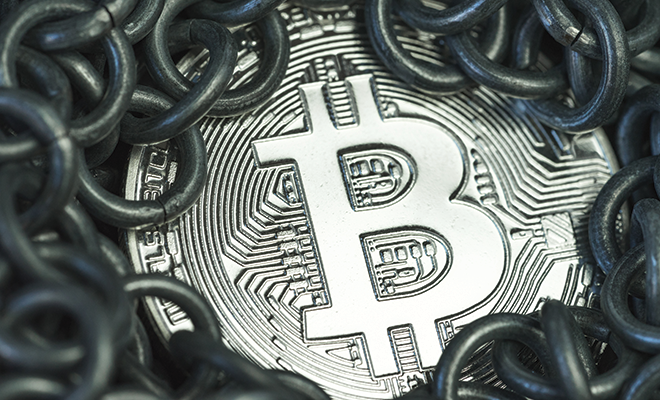
Is Blockchain Technology a Digital Revolution?
As more and more retail shopping moves online, it’s not surprising that new forms of online payment are being developed.
One of the most famous of these is bitcoin, a digital currency that was released anonymously in 2009. Free from government control, bitcoin soon gained notoriety as a favored currency for black market transactions conducted online. Despite its rocky start, bitcoin continues to survive and has gained some respectability on Wall Street, where investors can now buy bitcoin futures. At the same time, many financial experts warn that bitcoin represents the biggest financial bubble since the dot-com era in the late 1990s.
Blockchain is the technology that underlies bitcoin. The Harvard Business Review offers a simple definition for this complex technology: “Blockchain is an open, distributed ledger that can record transactions between two parties efficiently and in a verifiable and permanent way.” The blockchain ledger is digitized and decentralized; it uses cryptography to deter counterfeiting. It grows as new transactions are added in the form of encrypted blocks, hence the name blockchain. Because a blockchain of data is decentralized and typically managed by a peer-to-peer network, it doesn’t belong to any institution. It is open and shared, like the Internet. The software that runs it is open source, which means it’s maintained by a group of dedicated volunteers.
One way to understand this new technology is to think of a blockchain as containing all of your personal financial transactions. In this scenario, a single block would be similar to a single bank statement representing a month of transactions. One important difference from your personal financial records, which are stored in a secure database owned by a financial institution, is that a blockchain is stored in a distributed database that can be accessed by all parties involved in a transaction. The blockchain grows as new transactions are added. Blocks are permanent and can’t be deleted; there can be a limitless number of blocks in a blockchain, connected in chronological order.
It’s important to remember that blockchain is not the same thing as bitcoin. Besides forming the basis of bitcoin, a variety of other uses have been identified for blockchain’s distributed ledger technology. Although the financial industry was initially skeptical, blockchain has become one of the hottest banking trends. More than $240 million in venture capital was raised by blockchain firms in the first half of 2017. Some of these firms, such as New York-based R3, are consortiums of financial institutions that have teamed up to investigate the technology. At the same time, many banks have started proof-of-concept programs to help evaluate blockchain’s potential.
Some of the uses being investigated for blockchain include post-trade settling of securities; payment systems; identity verification; and managing the lifetime of loans. Many of these applications are currently paper based, so rebasing them on blockchain technology will bring them into the digital age. Perhaps the most notable blockchain project is being undertaken by the Australian Securities Exchange, which plans to move to a blockchain system for post-trade securities settlement.
In contrast to the hype surrounding blockchain technology, the Harvard Business Review is cautious. Using a distributed database is a fundamental change from the current way secure data is stored. It removes the need for a trusted third party, such as a bank, to verify a transaction. “It has the potential to create new foundations for our economic and social systems. But while the impact will be enormous, it will take decades for blockchain to seep into our economic and social infrastructure.” In other words, blockchain is so new that we haven’t even thought of all the ways it can be used.
One of the current innovative uses of blockchain is for “smart contracts” that automatically transfer payment when a set of agreed-upon conditions is met. For example, a smart contract could release payment when a shipment of goods passes a certain set of GPS coordinates. This innovation has the potential to turn the contract sector on its head, affecting everyone who currently processes a traditional contract. Such a momentous change can’t happen without buy-in from all the institutions involved. For institutions, this means building organizational expertise in blockchain technology, investing in the necessary infrastructure and doing the research needed to discover organization-specific applications.
Besides smart contracts, some of the transformative blockchain applications predicted by the Harvard Business Review include large-scale identity systems for functions such as passport management and financial-tracking systems designed to prevent money laundering. It is also predicting that new tech companies, the Googles and Facebooks of the future, will provide platforms to support the new technology. It appears that blockchain is a digital revolution that could eventually touch all our lives. It’s only a question of when. ■
Sources: businessinsider.com, ft.com, hbr.org and investopedia.com.







